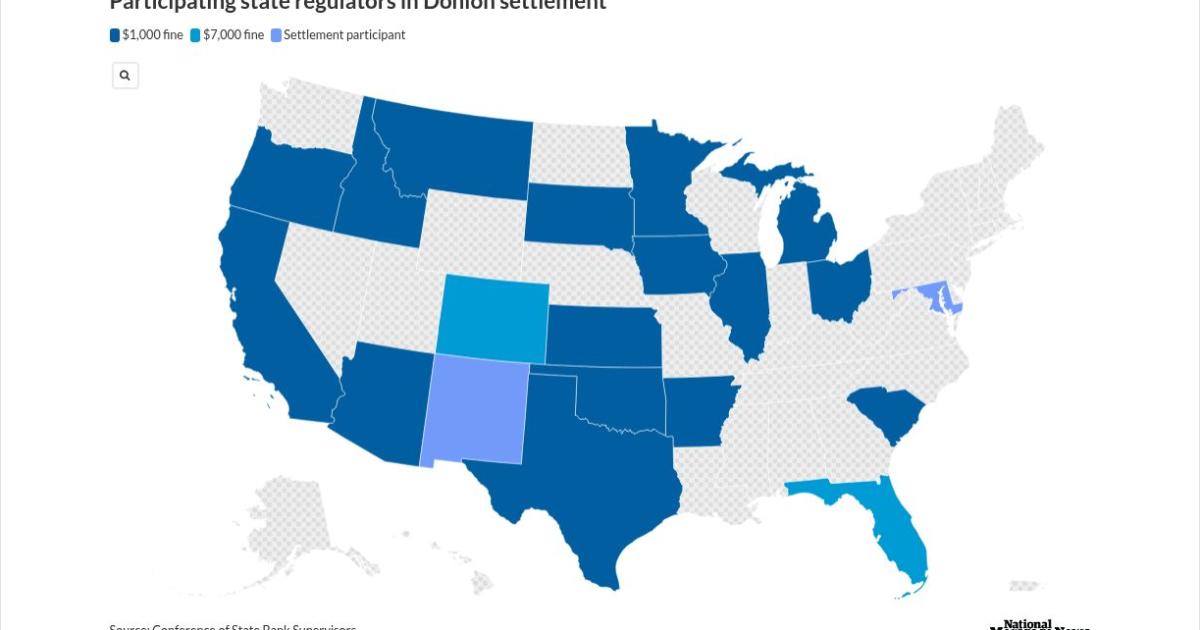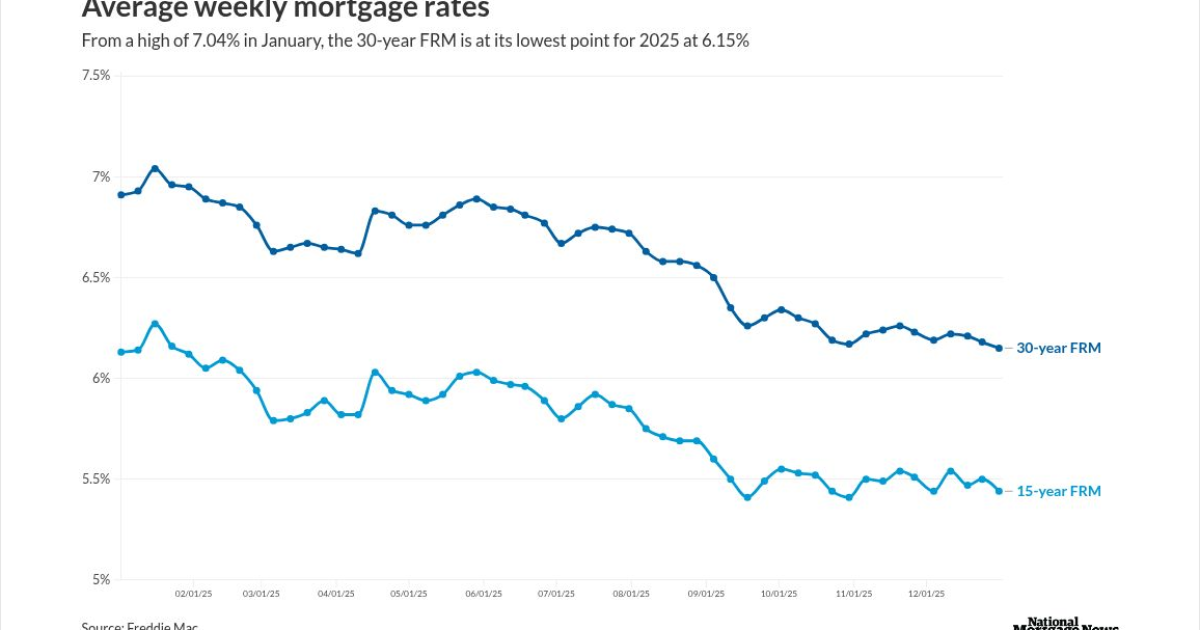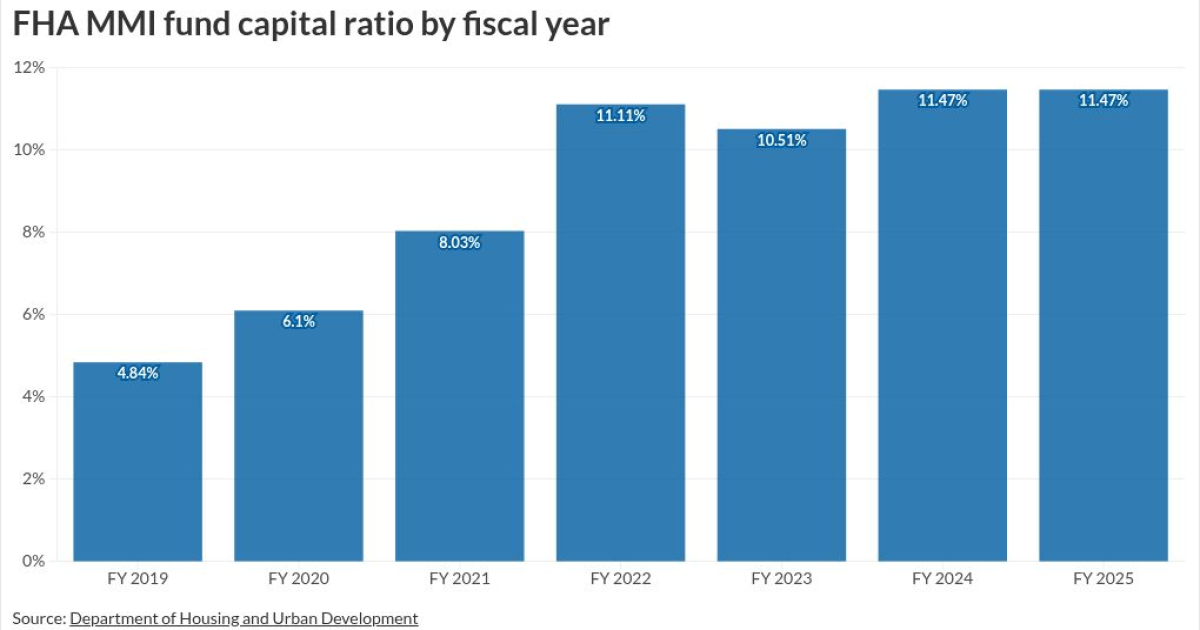
Though banks have recently been churning out their highest profits in more than a decade, there's trouble brewing beneath the rosy performance metrics, according to the consulting firm McKinsey.
The threat is largely tied to the ongoing shift of balance-sheet activities and transactions away from traditional banks to nonbank institutions, McKinsey warns in its 2023 annual review of global banking. That migration has gained such scale that banking is now at "a tipping point" that could "fundamentally alter the nature" of the industry, the McKinsey report states.
Between 2015 and 2022, more than 70% of the net increase in financial funds wound up not on U.S. banks' balance sheets, but instead at insurance and pension funds, sovereign wealth funds, in the private capital market and with retail and institutional investors, according to the report. Financial funds were defined as the sum of all personal financial assets and all institutional financial assets, except those held by banks.
This migration has been happening for years, but "the flow off the balance sheet has now turned into an exodus," McKinsey found. The consulting giant argued that banks must look in every nook and cranny to figure out how to be relevant and profitable in an uncertain, dynamic environment that's being shaped not only by technology, but also by macroeconomic and geopolitical risks.
"Banks of all types have a historic opportunity to reinvent how they use the balance sheet, how they handle transaction businesses and how they handle distribution," Alexander Edlich, a senior partner at McKinsey and co-author of the report, said in an interview. "They need to make a decision about where they want to play, how they play and who their customers are."
McKinsey found that over the last 18 months, global bank industry profits have been higher than at any time since 2007, thanks to rising interest rates that lifted revenues, boosted returns on equity and elevated margins that were previously compressed.
But the firm's report focuses on the threats that banks face — not only the shift of funds away from bank balance sheets, but also changes in transaction operations such as payments and trading, which are increasingly being conducted by payment specialists, not banks.
How exactly the transition plays out will be, in part, determined by the interest rate environment and technological advancements, the report said.
"The industry may be going through a phase in which a long-term macroeconomic turning point — including a higher-for-longer interest rate scenario and an end to the asset price super cycle — changes the attractiveness of some models that were specifically geared to the old environment, while other structural trends, especially in technology, continue," the report said.
To help ease the myriad challenges, McKinsey suggests five ways that banks can "reinvent and future-proof themselves."
First, banks can take advantage of technology, including artificial intelligence, to gain efficiency and improve their products. Second, they can adapt to risk, in part by elevating their internal risk functions. Third, they can flex their balance sheets by tapping into syndication or third-party balance sheets, or by unbundling altogether.
"Flexing the balance sheet means creating more activity and velocity and more value from the balance sheet," said Miklos Dietz, a senior partner at McKinsey and a co-author of the report. Unbundling "goes a step further" by separating out customer-facing businesses, he said.
The fourth step that banks can take to get ahead of the challenges they're facing, according to McKinsey, is to add distribution channels, including AI-based advisory services.
Lastly, they can scale transaction businesses or exit them if scale isn't possible.
Scaling businesses means investing in "high-velocity businesses that require excellence in not just the front end, but also the middle- and back-office operations," Edlich said.
"Banks are seeing how much scale matters in terms of investment required, client experience and the ability to match new features and capabilities," Edlich said.
"They're asking themselves: 'Can we remain in this business long-term?' If you can, that's fantastic. If you can't, it's: 'How can we sell the business or white-label it or partner with other banks or financial institutions?'"
Jo Ann Barefoot is the CEO and cofounder of Alliance for Innovative Regulation, a nonprofit group that works on the acceleration of regulatory technology, or regtech. She said that "banks are going to have to look fundamentally at what businesses they can remain competitive in."
"To be a player, you're going to need scale," she said, adding that banks may need to partner with scale players for parts of their business, or they may need to exit those business lines entirely.
Even the smallest banks will have to think about the future of their balance sheets, as well as the businesses in which they should invest or divest, and how to improve distribution, Dietz said.
"This is probably the right time for all banks to realize that the return on investment and strategy choice have never been higher," he said.



